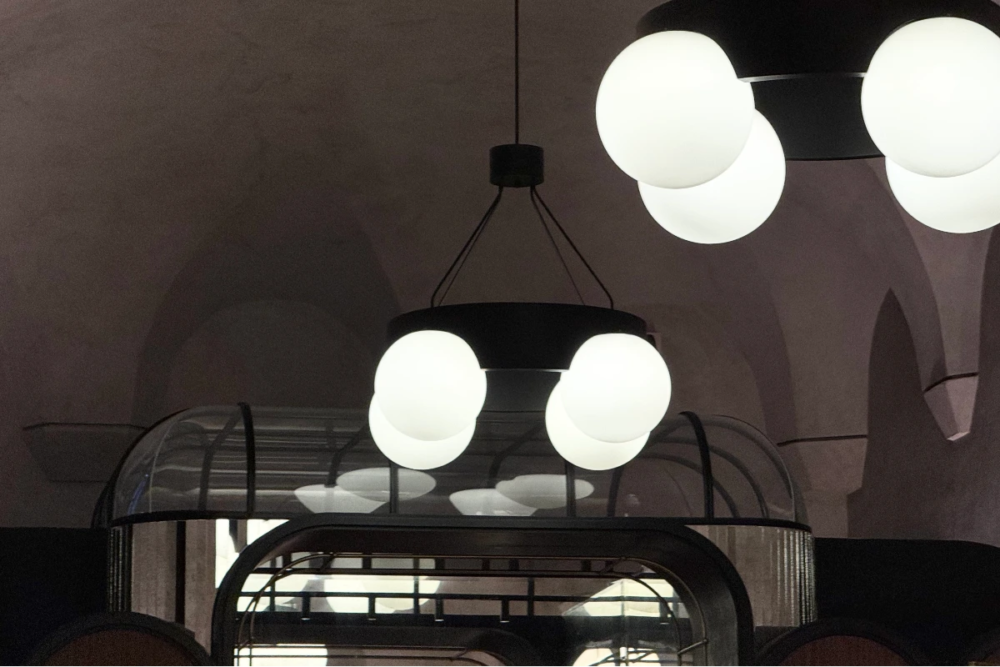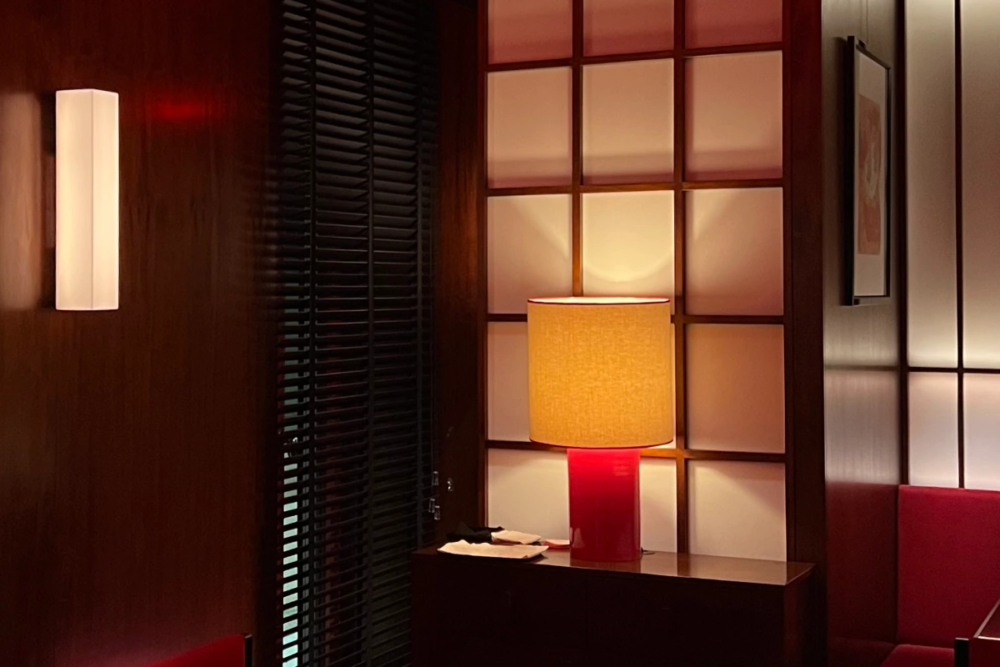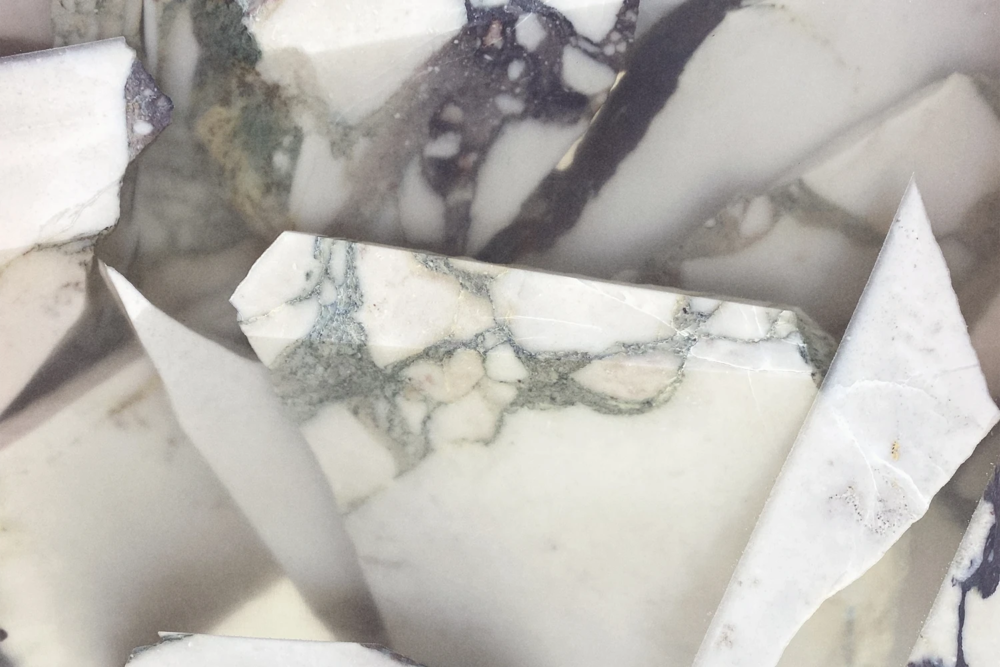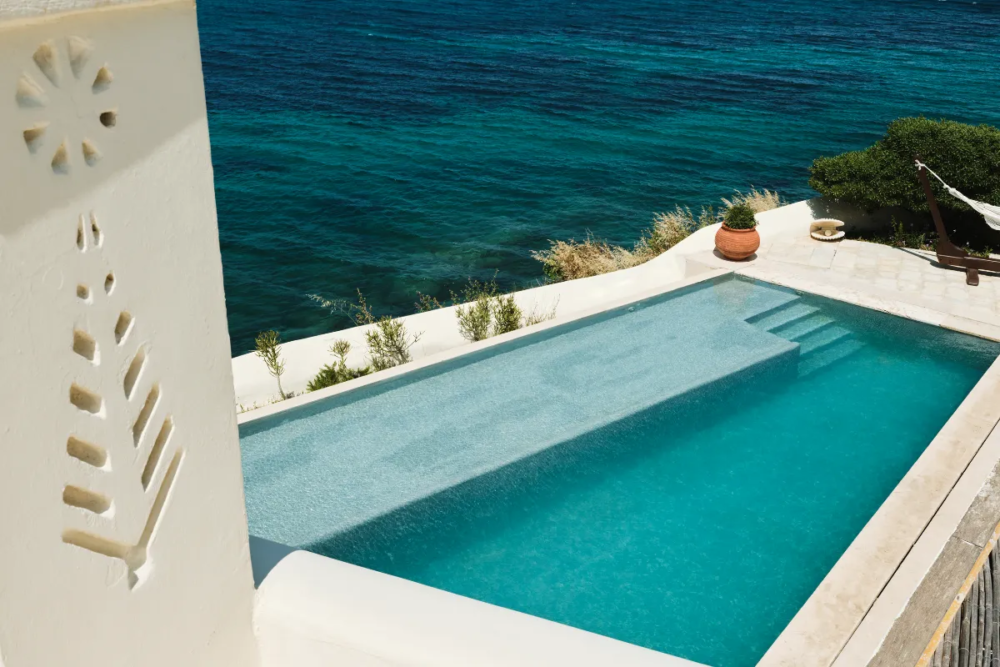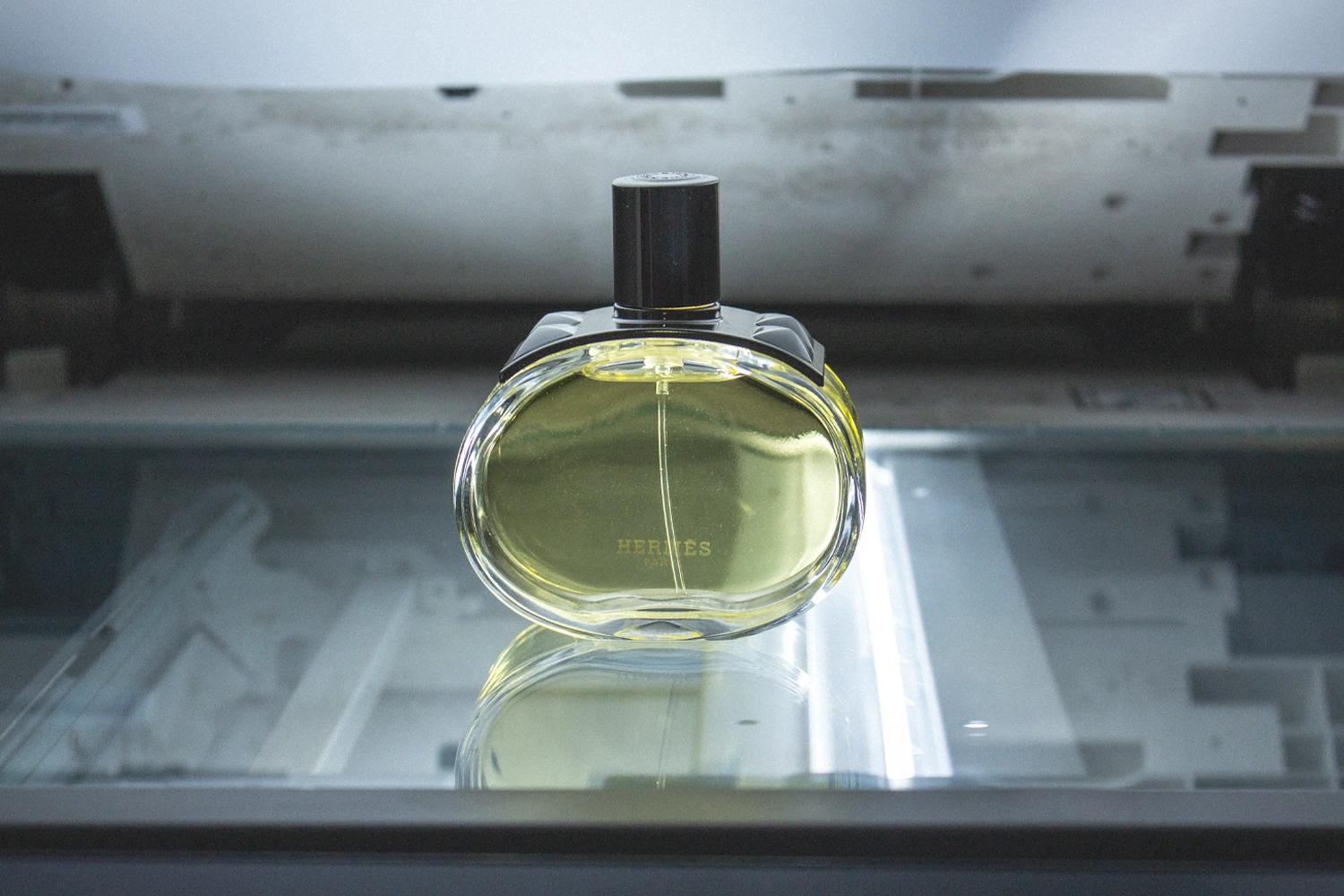
Barénia: Christine Nagel’s latest creation is Hermès’ first Chypre
Chypre has a new declination, according to Christine Nagel – Barénia is meant to be a tangible representation of Hermès codes in its essence and aesthetics, from the artisanal leather to the Collier de chien
Christine Nagel signs Hermès’ first Chypre with Barénia
The term chypre, which literally means “Cyprus” in French, has become a cornerstone in the history of perfumery. Despite its etymological origin tied to the Mediterranean island, chypre represents an entire family of complex and refined fragrances, celebrated for their persistence and depth. This category has influenced generations of creative noses and continues to hold a place of honor in modern perfumery.
Today, Hermès renews this tradition with Barénia, the maison’s first chypre, signed by Christine Nagel, Creative Director of Hermès Perfumes. With a sensual composition, Barénia combines the delicacy of tallow lily and the freshness of the miraculous fruit. The warm sillage of oak wood and the depth of patchouli seal a completely new emotion, in a blend that fuses with the skin to leave an indelible memory.
The Historical Origins of Chypre
The roots of chypre date back to the past, to a preparation known as “Cyprus powder,” used in the 16th and 17th centuries to whiten wigs and ward off moths. This fragrant base evolved when, in 1840, the Guerlain house developed a perfume called Chypre. However, it was only in 1917 that chypre gained iconic fame thanks to François Coty, whose Chypre perfume defined the structure that would become emblematic.
The Classic Composition of Chypre
The traditional structure of chypre is based on a precise combination of notes: oakmoss (extracted from the lichen Evernia prunastri), cistus-labdanum, patchouli, bergamot, and rose. This perfect balance creates an earthy, woody, and slightly citrus olfactory profile. Oakmoss is the heart of the composition and gives the fragrance a persistence that has ensured the success of chypre for over a century.
However, European regulations have imposed limits on the use of oakmoss due to its allergenic potential. Its concentration is now limited to 0.01% in the final product, which has forced perfumers to use synthetic substitutes such as Evernyl and Orcinyl 3. These compounds recreate some of the nuances of oakmoss, though they inevitably alter the authenticity of the classic chypre.
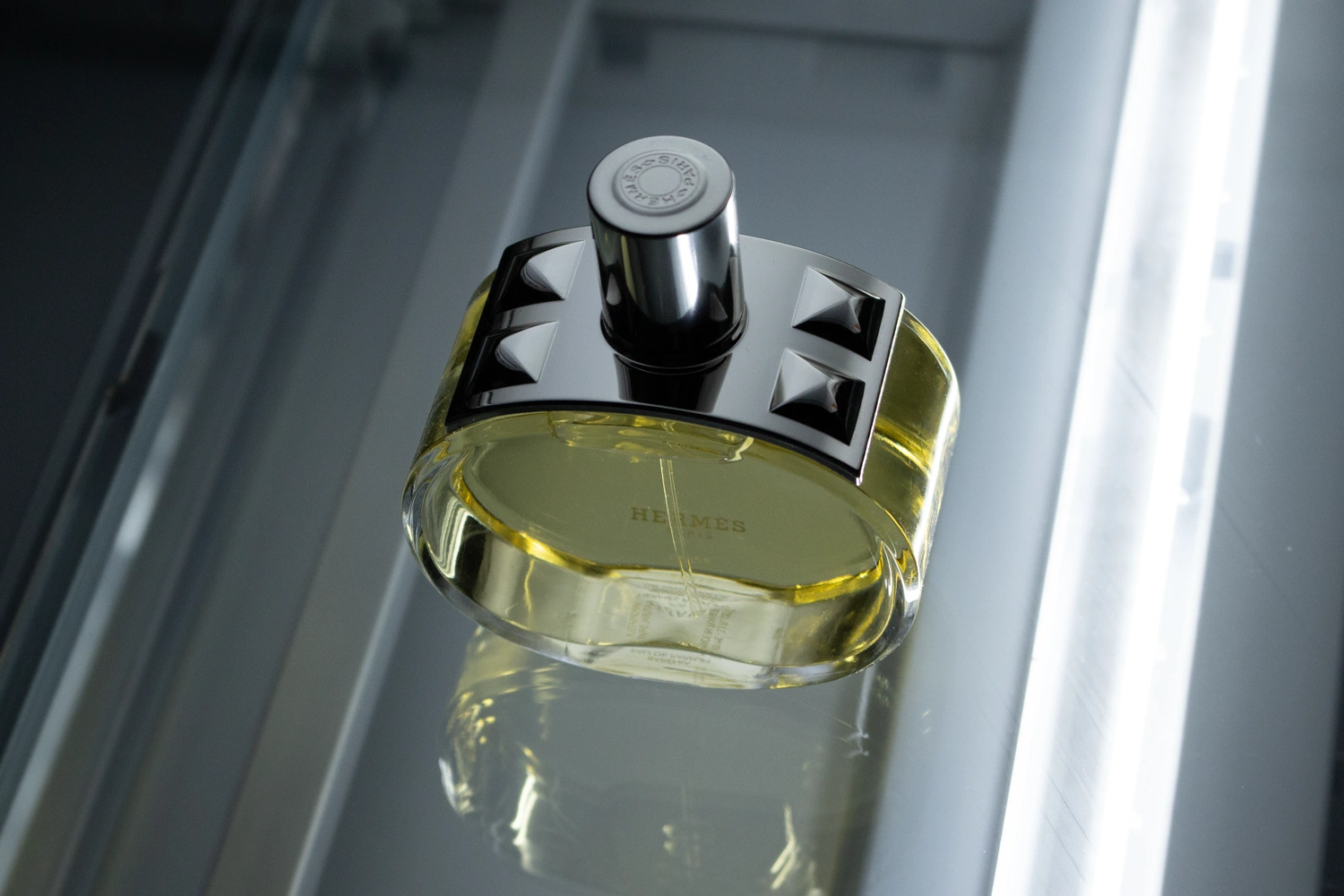
Barénia: The Innovation of Hermès
Within this family, Hermès introduces a new vision with Barénia, a chypre that pays homage to the maison’s artisanal heritage, particularly the Barénia leather, a historical Hermès material. This natural leather, soft and sensual, molds itself to the skin, evoking freedom and boldness.
Christine Nagel has reinterpreted the classic chypre in a modern way, crafting a fragrance that not only follows tradition but evolves it. The notes of oak wood and patchouli blend perfectly with the floral delicacy of tallow lily, creating a unique olfactory experience. Barénia becomes a signature that merges with the wearer, a passionate encounter between fragrance and skin.
Barénia: Design and Packaging
The design of Barénia is a tribute to the spirit of Hermès. Philippe Mouquet, a trusted designer of the maison, created a bottle inspired by the Collier de chien bracelet, an icon of the house since the 1920s. With pure lines and a plaque of studded rivets, the bottle combines leather and metal, just like the famous accessory. The case that houses it reflects the elegance of the fragrance, with the name Barénia written in red on a graphic background that echoes the essential lines of the bottle.


